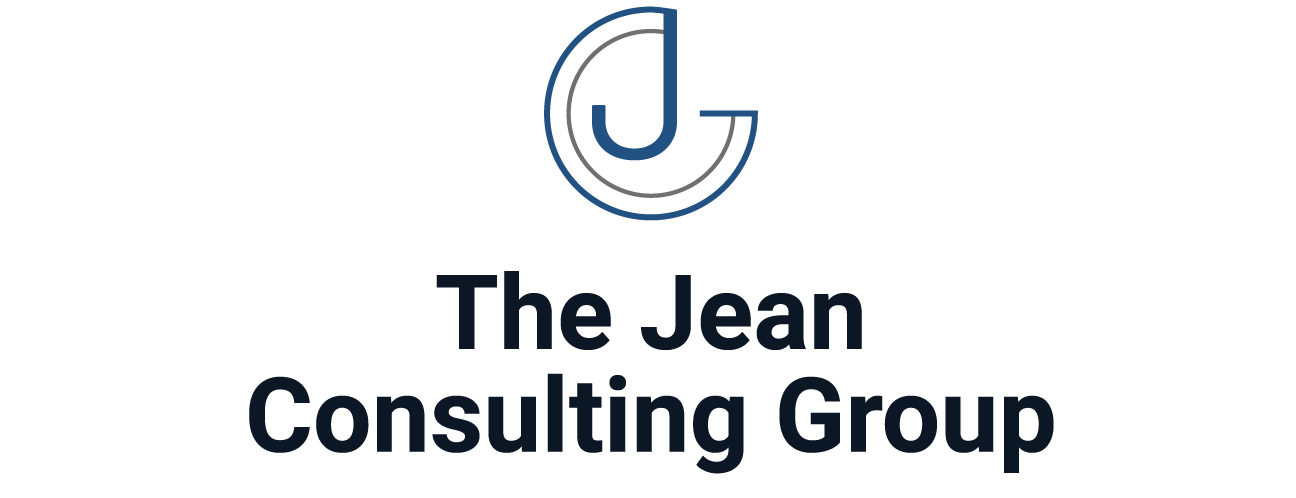In the realm of contract negotiations, the significance of well-defined governance structures and dynamic leadership teams cannot be overstated. These elements are the backbone of any successful negotiation strategy, providing the clarity, direction, and authority needed to navigate complex negotiations. This article explores the pivotal role that governance structures and leadership teams play in enhancing the efficacy of contract negotiations, offering insights into best practices for leveraging these organizational assets.
The Role of Governance Structures in Contract Negotiations
Governance structures lay the foundation for effective decision-making and oversight throughout the contract negotiation process. They define the roles, responsibilities, and hierarchies within an organization, ensuring that contract negotiations are conducted in a manner that aligns with the organization’s strategic objectives and compliance requirements.
- Clarity and Direction: Clear governance structures provide negotiators with a clear understanding of their boundaries, decision-making authority, and the strategic objectives guiding their negotiations. This clarity facilitates more focused and effective negotiation strategies.
- Risk Management: Through established governance protocols, organizations can better manage risks associated with contract negotiations. Governance structures enable systematic oversight, ensuring that all contracts undergo rigorous review and approval processes to mitigate legal, financial, and operational risks.
- Efficient Decision Making: Well-defined governance structures streamline decision-making processes. By delineating authority and escalation paths, organizations can reduce bottlenecks and ensure timely responses to negotiation challenges.
Empowering Leadership Teams in Contract Negotiations
Leadership teams play a critical role in setting the tone and direction for contract negotiations. Their leadership is instrumental in mobilizing resources, guiding negotiation strategies, and making pivotal decisions that can alter the course of negotiations.
- Strategic Vision: Leadership teams provide the strategic vision that guides the negotiation process. By articulating clear goals and priorities, leaders ensure that negotiation efforts are aligned with the organization’s broader strategic objectives.
- Stakeholder Engagement: Effective leaders are adept at engaging stakeholders, both internal and external, to build consensus and support for negotiation strategies. Their ability to communicate effectively and foster collaboration is key to navigating the complexities of contract negotiations.
- Adaptability and Resilience: In the dynamic environment of contract negotiations, leadership teams must exhibit adaptability and resilience. Their ability to navigate uncertainty, make tough decisions under pressure, and adapt strategies in response to evolving circumstances is crucial for successful outcomes.
Best Practices for Leveraging Governance Structures and Leadership in Negotiations
To maximize the effectiveness of governance structures and leadership teams in contract negotiations, organizations should consider the following best practices:
- Align Governance and Strategy: Ensure that governance structures are aligned with the organization’s strategic goals and negotiation objectives. This alignment empowers negotiators to make decisions that contribute to long-term success.
- Develop Negotiation-specific Policies: Establish policies and procedures specifically tailored to guide the contract negotiation process. These policies should cover aspects such as negotiation authority, confidentiality agreements, and conflict resolution mechanisms.
- Invest in Training and Development: Equip both leaders and negotiators with the skills and knowledge necessary to navigate contract negotiations effectively. This includes training in negotiation tactics, legal and regulatory compliance, and strategic decision-making.
- Foster a Culture of Communication: Cultivate a culture that prioritizes open communication and transparency within the governance structure and among the leadership team. This facilitates a more cohesive and coordinated approach to negotiations.
Conclusion
The integration of effective governance structures and dynamic leadership teams is essential for optimizing contract negotiations. By providing clear direction, strategic oversight, and decisive leadership, organizations can navigate the complexities of contract negotiations with greater confidence and success. Embracing best practices in governance and leadership not only enhances negotiation outcomes but also strengthens the organization’s overall strategic position.




